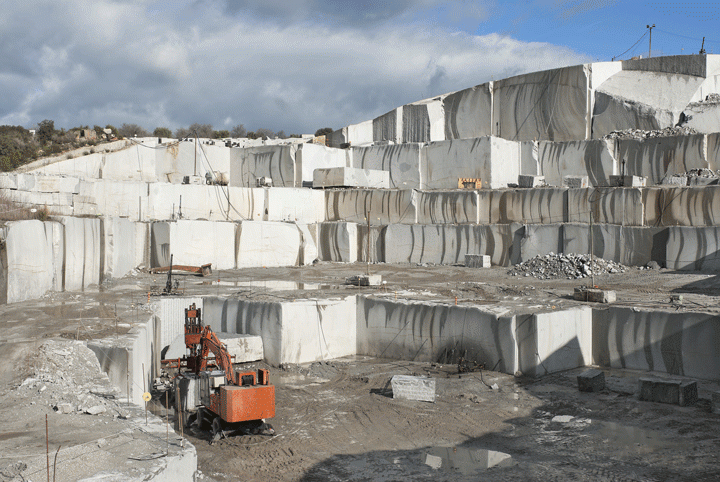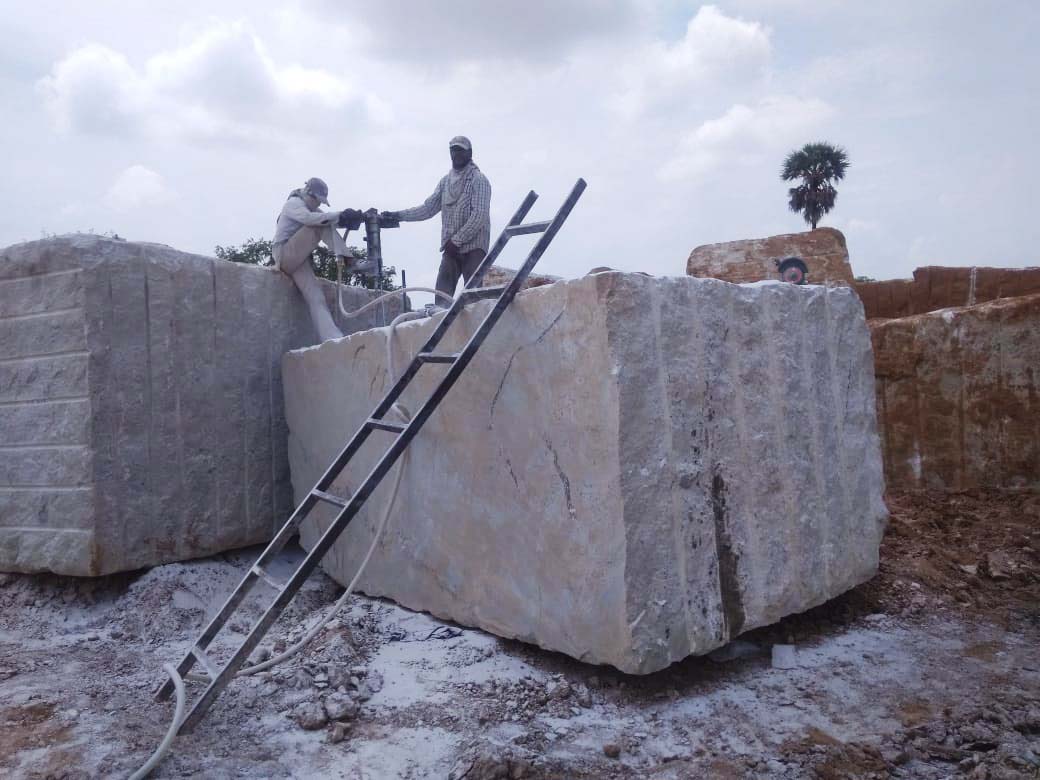Unearthing the Rich Background and Lasting Practices of Granite Quarrying
As we stand on the precipice of revealing the complex tapestry of granite quarrying, a journey via time exposes not simply the physical act of drawing out rock however additionally the cultural and historic importance woven right into the really fabric of this method. From the ancient origins that laid the structure for modern quarrying strategies to the sustainable methods that are shaping the future of this sector, each chisel mark on granite surfaces informs a story waiting to be discovered (granite quarries in south africa). The heritage of granite quarrying stretches far past mere extraction; it is a testimony to human resourcefulness, resilience, and the long-lasting attraction of this marvelous stone
Ancient Beginnings of Granite Quarrying
Going back to ancient worlds, the technique of quarrying granite has been an important part of human history and building advancement. The earliest evidence of granite quarrying go back to old Egypt, where enormous pyramids and detailed sculptures were crafted from this resilient stone. The Egyptians used primitive devices to remove granite blocks from quarries, showcasing the significance of this product in their huge constructions.
Moving on in background, the Greeks also made considerable payments to the quarrying of granite. The Greeks made use of granite in numerous building wonders, such as holy places and statuaries, showing their ability in shaping and sculpting this sturdy stone. The Romans additionally fine-tuned the methods of quarrying granite, utilizing sophisticated devices like blades and hammers to essence and shape granite for their renowned structures.
Through the centuries, the practice of quarrying granite has developed, with modern technologies improving efficiency while keeping the classic allure of this natural stone - granite quarries in south africa. From ancient human beings to contemporary home builders, the legacy of granite quarrying remains to shape our world
Advancement of Quarrying Strategies
The development of quarrying techniques has actually been noted by a constant progression in the direction of better effectiveness and precision in removing granite. From the rudimentary approaches utilized by our ancestors to the innovative innovations utilized in modern-day quarrying operations, the sector has undergone substantial improvements. Early quarrying techniques entailed manual work with standard tools such as knives, hammers, and wedges to draw out granite blocks from the planet. As people progressed, methods like fire-setting and primitive explosives were presented to facilitate the removal process.
In more current times, the introduction of equipment reinvented the quarrying industry, allowing faster removal rates and enhanced performance. Technologies such as diamond cord saws, high-pressure water jets, and pneumatic drills have actually ended up being basic in modern-day quarries, permitting specific cutting and reduced waste. Moreover, innovations more helpful hints in computer-controlled tools and 3D modeling have actually enhanced quarrying operations, leading to minimal ecological impact and improved sustainability methods. As the demand for granite remains to increase, the development of quarrying methods stays indispensable to conference sector requires successfully and sustainably.
Social Significance of Granite
Granite holds an extensive social value across numerous human beings as a result of its long-lasting existence in building work of arts and prized monoliths. From the stunning pyramids of Egypt to the detailed carvings of the Angkor Wat temple in Cambodia, granite has been a material of selection for sharing majesty and long life in social heritage. In ancient Rome, granite columns decorated temples and public structures, signifying stamina and durability. The cultural importance of granite expands beyond its physical attributes; it symbolizes resilience, stability, and eternity, making it a sign of sustaining traditions and practices.

Lasting Practices in Quarrying
Among the rich history of granite quarrying and its cultural value exists a growing emphasis on sustainable methods within the sector. As ecological awareness and issues concerning resource depletion have enhanced worldwide, the quarrying market has actually increasingly accepted lasting methods to reduce its influence on the setting and surrounding communities.

In addition, improvement and rehabilitation of quarry websites post-extraction are important to sustainable methods. By restoring quarried locations to an all-natural or advantageous state, such as developing wildlife habitats or entertainment spaces, quarriers can balance out the environmental impact of their operations and contribute positively to the neighborhood community.
Heritage of Granite Quarrying
With a historic background steeped in craftsmanship and commercial progression, what enduring effect has granite quarrying left on the landscape of contemporary society? The tradition of granite quarrying transcends simple removal practices; it has formed building wonders, metropolitan landscapes, and social heritage worldwide. The long lasting nature of granite has made it a favored choice for monuments, structures, and look at here framework, standing as a testimony to the ability and creativity of quarry workers across generations.
Furthermore, the economic impact of granite quarrying can not be neglected. The industry remains to give employment possibility and drive neighborhood economies in areas where granite removal is common. It has actually likewise spurred technological improvements in quarrying strategies and tools, causing a lot more effective and sustainable practices.
In terms of sustainability, the legacy of granite quarrying consists of efforts to mitigate ecological effects through reclamation tasks and accountable source administration. By balancing financial interests with ecological stewardship, the market strives to make sure that future generations can continue to profit from this enduring all-natural source.
Conclusion
